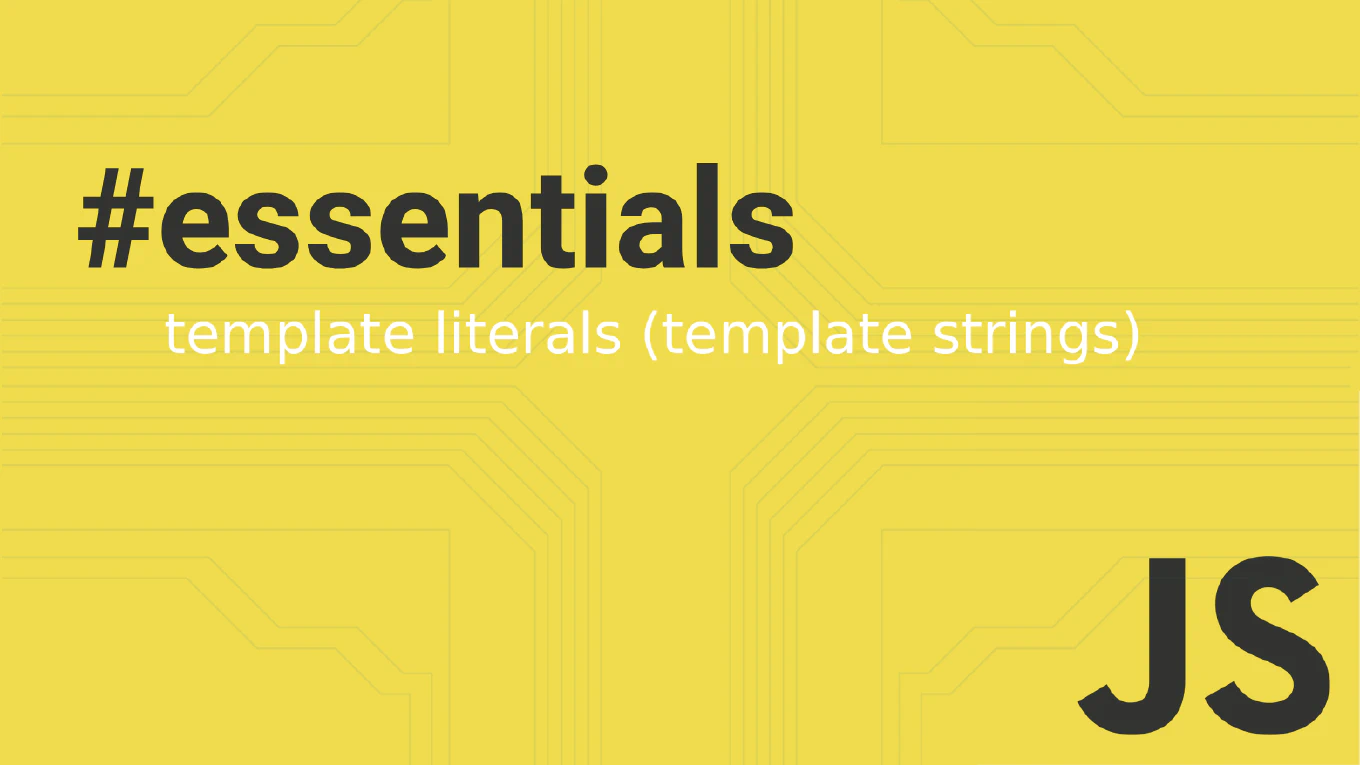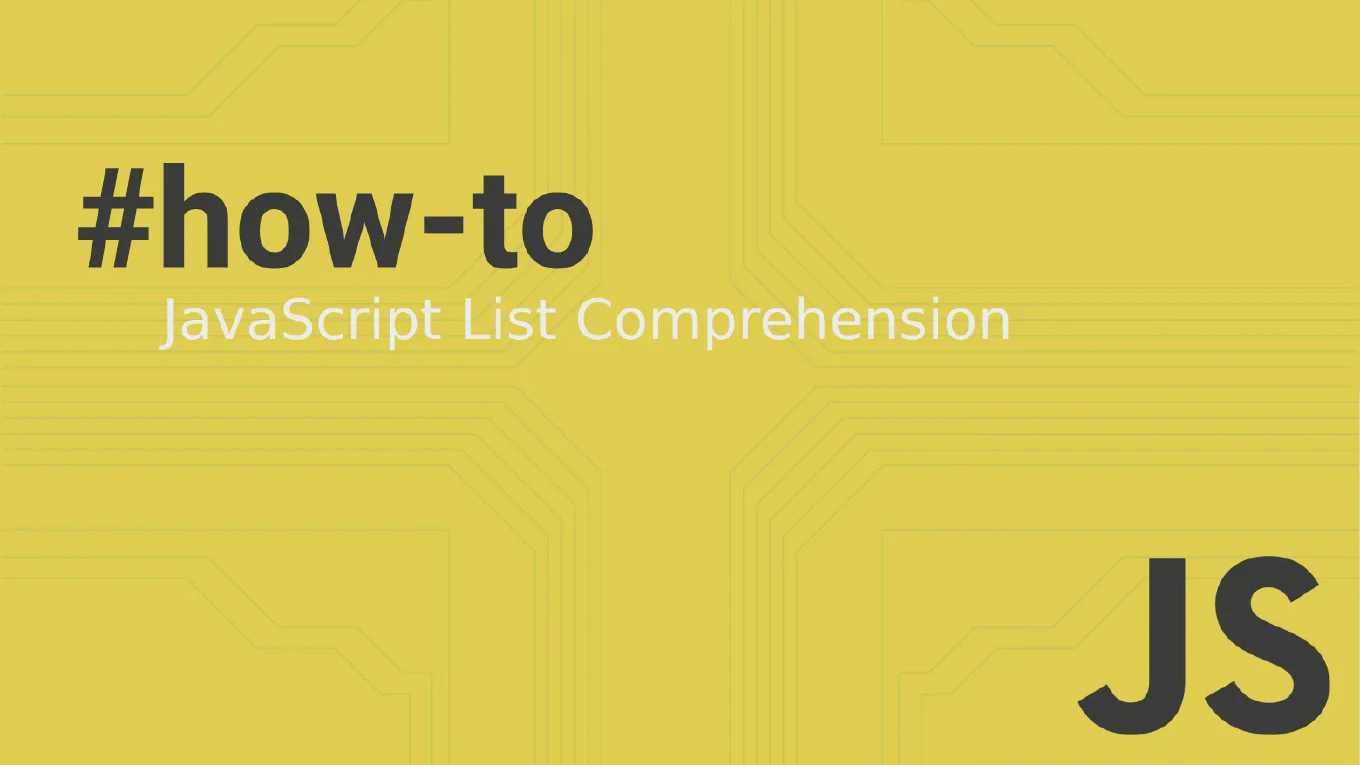How to get the current date in JavaScript
Getting the current date in JavaScript is fundamental for timestamps, user interfaces, and date calculations in web applications.
As the creator of CoreUI, a widely used open-source UI library, I’ve implemented date handling in countless dashboard components and form controls.
From my expertise, the most straightforward and reliable solution is to use the new Date() constructor without arguments.
This method instantly returns a Date object representing the current moment in the user’s local timezone.
How to get the day of the week in JavaScript
Determining the day of the week from a date is essential for scheduling applications, calendar components, and business logic that depends on weekdays.
As the creator of CoreUI, a widely used open-source UI library, I’ve built numerous calendar and scheduling components that require precise weekday calculations.
From my expertise, the most reliable solution is to use the getDay() method, which returns a number from 0-6 representing the day of the week.
This method is consistent across all browsers and provides the foundation for both numeric and text-based weekday representations.
How to get the month name in JavaScript
Converting numeric months to readable month names is crucial for user-friendly date displays, reports, and calendar interfaces.
As the creator of CoreUI, a widely used open-source UI library, I’ve implemented month name formatting in numerous date pickers and dashboard components across different languages.
From my expertise, the most modern and localization-friendly solution is to use toLocaleDateString() with the month option.
This approach provides automatic localization support and eliminates the need for hardcoded month arrays.
How to subtract days from a date in JavaScript
Subtracting days from dates is essential for calculating deadlines, creating date ranges, and implementing scheduling features in web applications.
As the creator of CoreUI, a widely used open-source UI library, I’ve implemented date subtraction in numerous dashboard components, reports, and calendar widgets.
From my expertise, the most reliable solution is to use the setDate() method combined with getDate() to modify the date value.
This approach automatically handles month boundaries, leap years, and other calendar complexities.
How to add days to date in JavaScript
Adding days to dates is fundamental for calculating deadlines, scheduling events, and building calendar functionality in web applications.
As the creator of CoreUI with over 25 years of development experience, I’ve implemented date calculations in countless scheduling components and business logic scenarios.
The most reliable approach is using the setDate() method which automatically handles month boundaries, year transitions, and leap years.
This native JavaScript method eliminates edge case bugs that plague manual date arithmetic.
How to check if date is today in JavaScript
Checking if a date represents today is crucial for filtering real-time data, highlighting current records, and implementing time-sensitive UI features.
As the creator of CoreUI with over 25 years of development experience, I’ve built this functionality into dashboard components, activity feeds, and data filtering systems countless times.
The most reliable approach is comparing toDateString() values which automatically ignores time components while maintaining timezone consistency.
This method eliminates the complexity of manual date component comparisons and time-related edge cases.
How to format date as YYYY-MM-DD in JavaScript
Formatting dates as YYYY-MM-DD is crucial for database storage, API communication, and HTML date inputs across web applications.
As the creator of CoreUI with over 25 years of development experience, I’ve handled date formatting in thousands of components and data processing scenarios.
The most reliable and widely compatible approach is using toISOString() with string splitting to extract the date portion.
This method ensures consistent ISO 8601 formatting regardless of timezone complexities.
How to get current timestamp in JavaScript
Getting the current timestamp is essential for logging, performance measurement, and unique ID generation in JavaScript applications.
As the creator of CoreUI with over 25 years of development experience, I’ve used timestamps extensively in production systems for tracking user interactions and measuring component performance.
The most efficient and widely supported method is using the Date.now() static method.
This approach provides milliseconds since Unix epoch with minimal overhead and maximum browser compatibility.
How to get yesterday's date in JavaScript
Getting yesterday’s date is essential for data comparisons, log analysis, and building time-sensitive application features.
As the creator of CoreUI with over 25 years of development experience, I’ve implemented date calculations in analytics dashboards and reporting components countless times.
The most reliable method is using setDate() with getDate() - 1 which automatically handles month and year boundaries.
This approach eliminates the complexity of manual date arithmetic and daylight saving time issues.
How to find the least common multiple in JavaScript
Finding the least common multiple (LCM) is essential for fraction arithmetic, scheduling algorithms, periodic calculations, and implementing features like recurring events or synchronization systems in JavaScript applications. With over 25 years of experience in software development and as the creator of CoreUI, I’ve implemented LCM calculations in components like calendar systems, scheduling tools, and mathematical utilities where finding common periods or denominators is crucial for functionality. From my extensive expertise, the most efficient approach combines the mathematical relationship LCM(a,b) = (a × b) / GCD(a,b) with the Euclidean algorithm. This method leverages the proven relationship between LCM and GCD while avoiding the computational overhead of finding all multiples.



